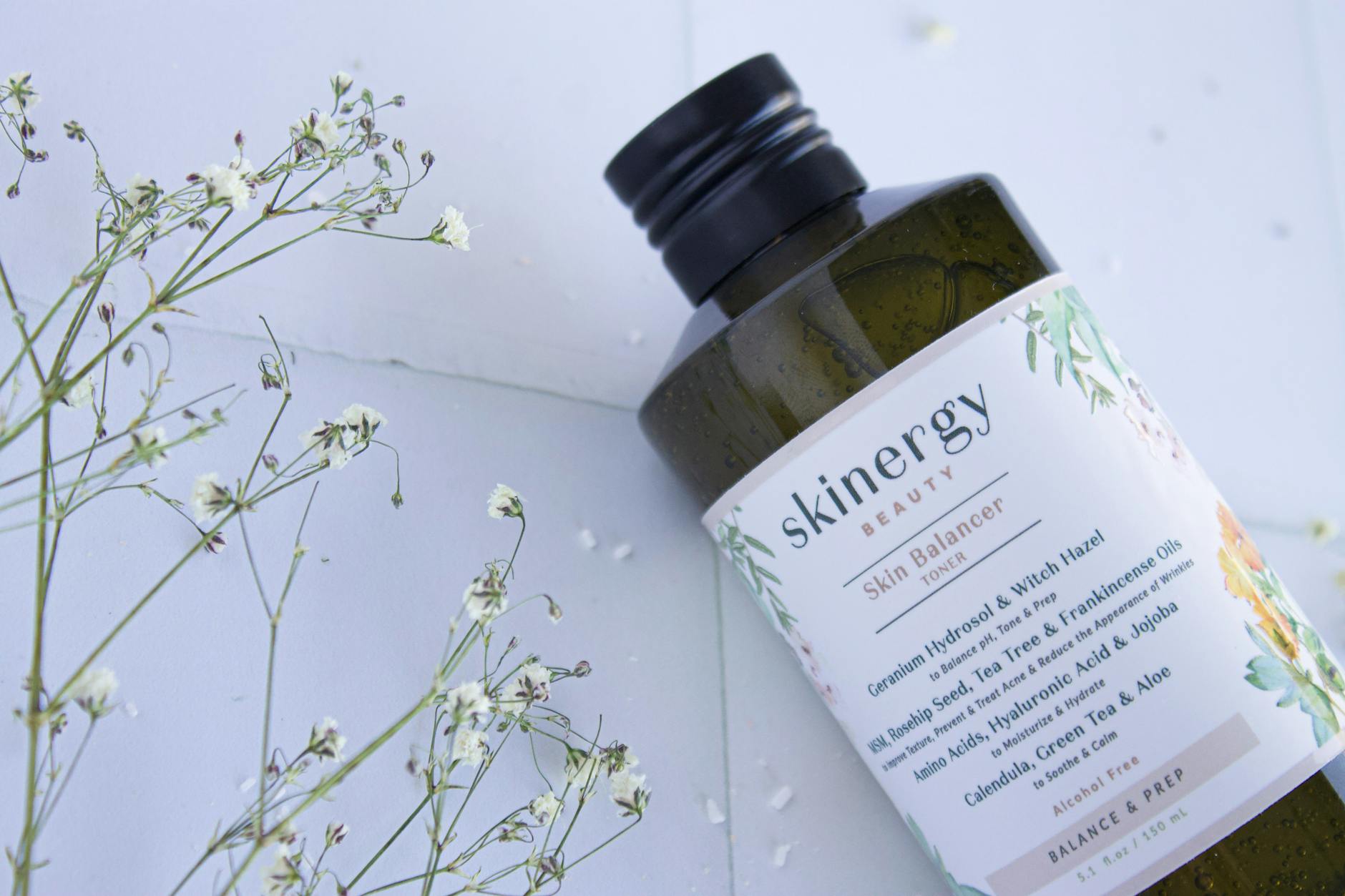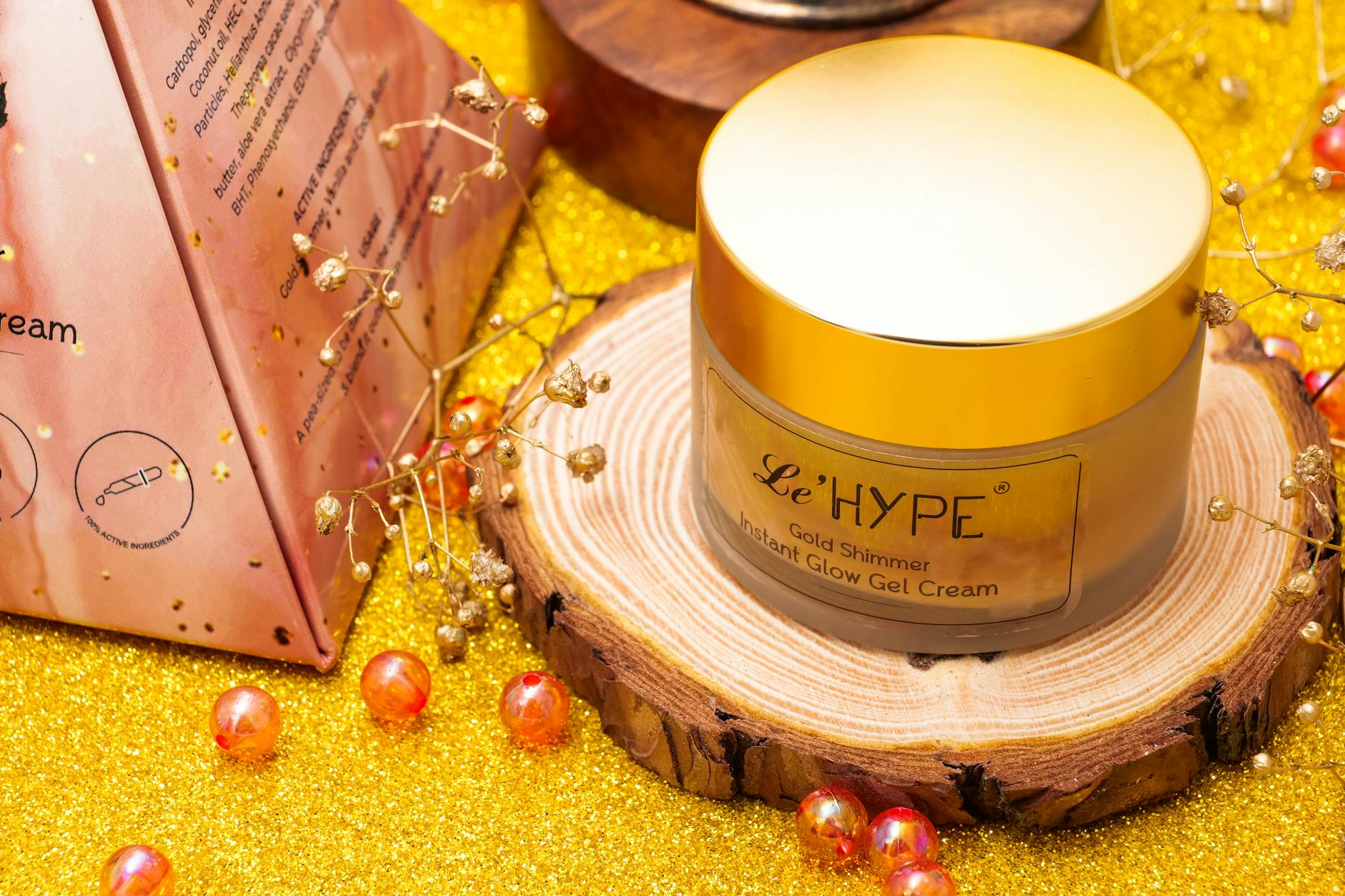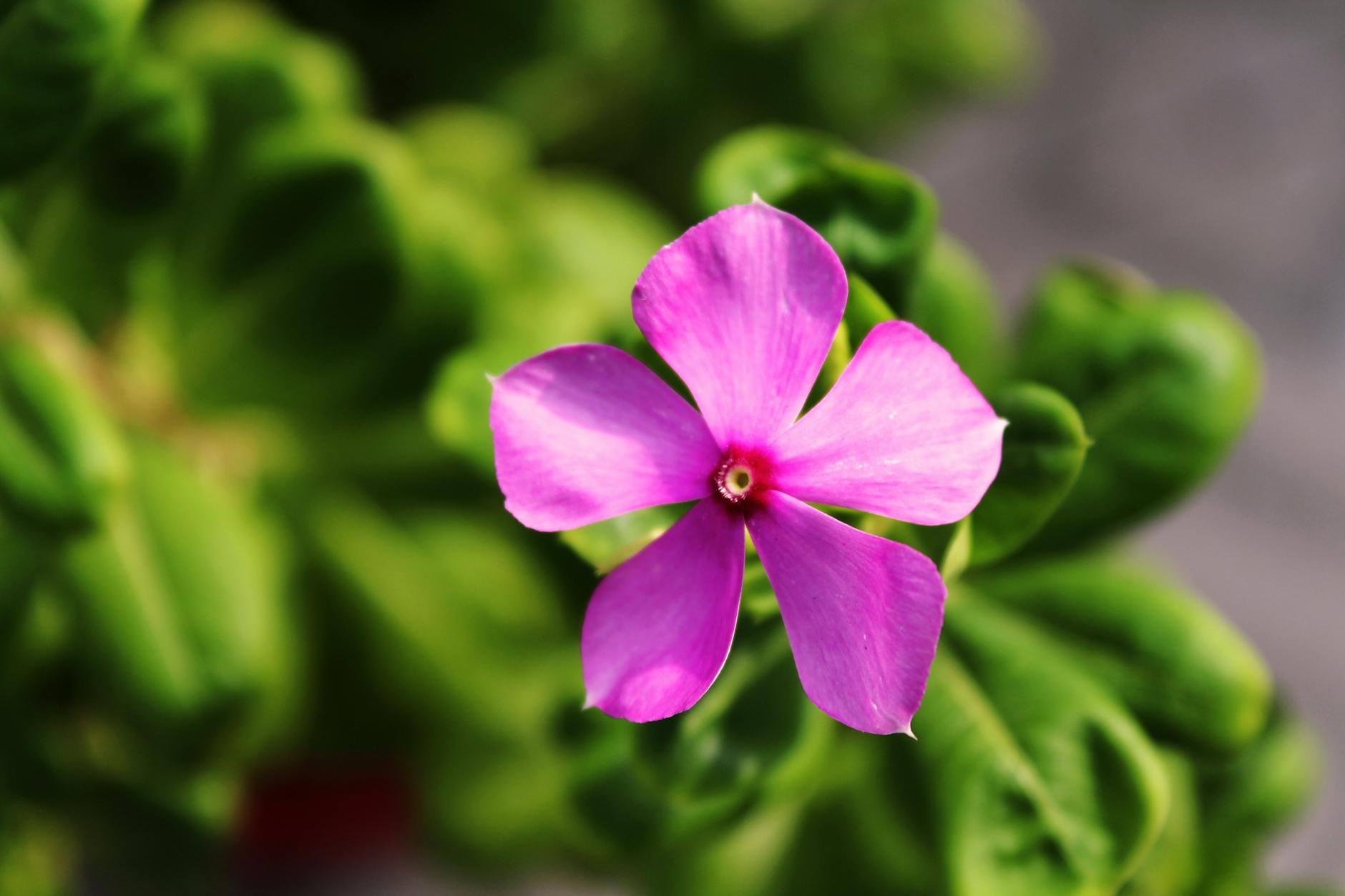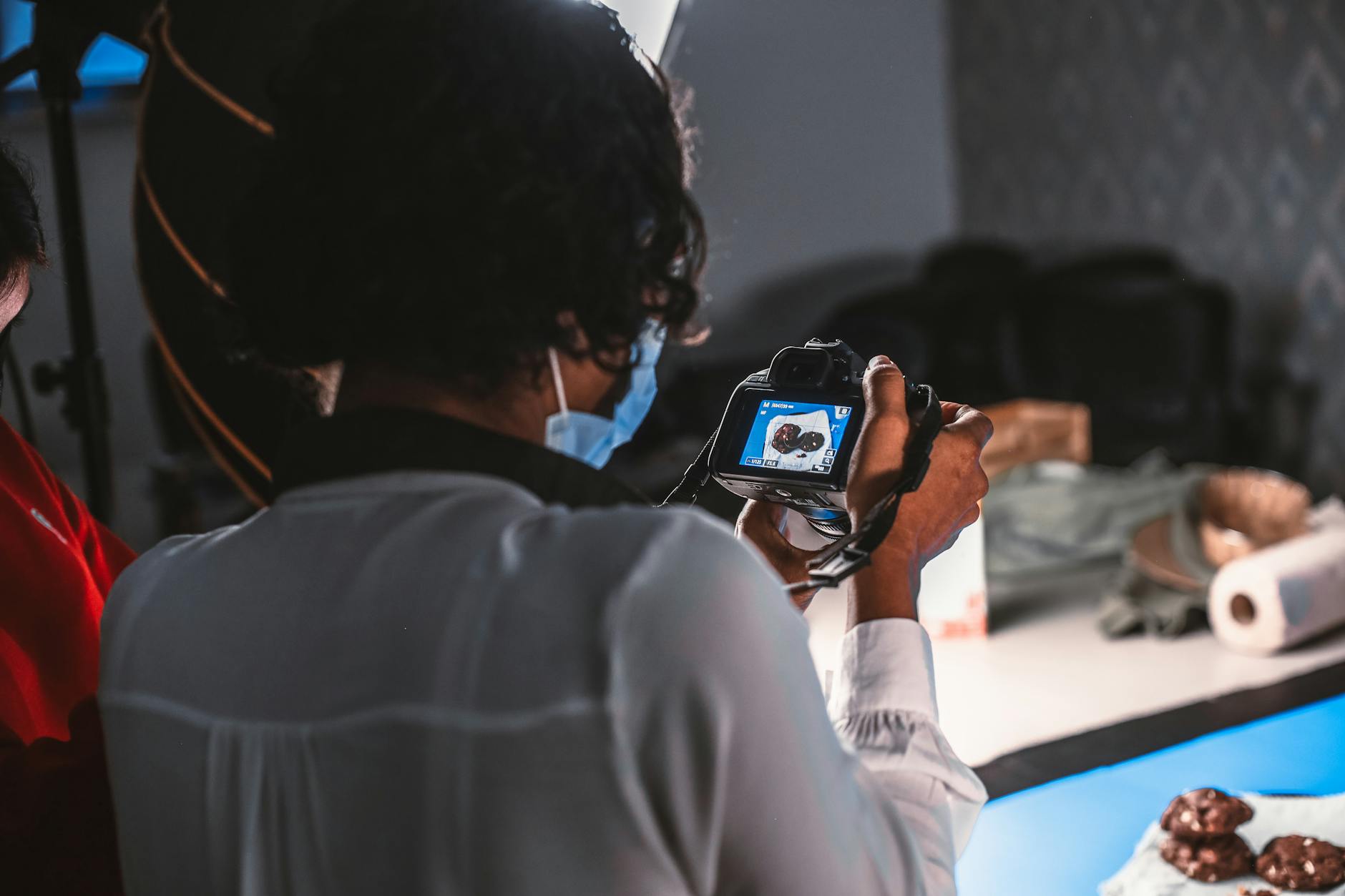Why Choosing Eco-Friendly Sunscreen Matters for Australia’s Environment

Environmental Impact of Sunscreens
Coral Reef Damage
As someone deeply invested in marine conservation, I understand that the intricate ecosystem of the Great Barrier Reef is crucial. Many conventional sunscreens release harmful chemicals, such as oxybenzone and octinoxate, into the water which can lead to coral bleaching. These substances disrupt the reproductive cycles of coral and inhibit their natural growth. Thus, advocating for alternatives like zinc sunscreen, which is often deemed reef-safe, can be pivotal in preserving this vibrant marine habitat for future generations.
Chemical Pollution in Oceans
The beauty of Moreton Bay underscores the need for sustainable consumer choices. Oceans absorb thousands of tonnes of sunscreen every year. This influx of chemical pollution can disrupt marine ecosystems by impairing the health of fish and other aquatic organisms. To mitigate such harmful environmental impact, embracing eco-friendly sunscreens becomes vital. These products break down more naturally, reducing their lasting footprint in our oceans.
Marine Life Risks
Curating a safer ocean environment for marine life can be achieved by opting for sunscreens that exclude detrimental chemicals. Popular sunscreen ingredients can significantly contribute to not just reef damage but also broader marine life risks. For instance, the toxins in certain sunscreens can accumulate in the tissues of marine organisms, harming their health and survival. Supporting the move towards sunscreens that are free from harmful chemicals will help in nurturing healthier, thriving marine ecosystems.
Eco-Friendly Sunscreen Benefits
Protecting Reef Ecosystems
As someone deeply committed to marine conservation, I'm keenly aware of the necessity for reef safe sunscreen. Our Great Barrier Reef Marine Park is home to a stunning array of marine biodiversity, all of which is at risk from harmful chemicals in conventional sunscreen. By choosing products labeled as reef-safe, we help prevent the release of toxins that disrupt coral reproduction and growth. This small switch can make a substantial difference in safeguarding fragile ecosystems and promoting sustainability in areas like Moreton Bay, where both unique marine life and coral diversity thrive.
Healthier Skin Options
In addition to environmental benefits, eco-friendly sunscreens also offer healthier alternatives for our skin. Many commercial sunscreens contain chemicals that can irritate sensitive skin. On the other hand, reef-safe options tend to include natural mineral-based ingredients, such as zinc oxide, known for being gentler. This makes them suitable for people with sensitive skin, much like myself, who prefer avoiding harsh additives.
Promoting Biodiversity
Furthermore, embracing eco-friendly sunscreen is a step towards preserving marine biodiversity. Harmful chemicals in sunscreens can contribute to bleaching events and degrade coral structures, threatening the habitats of countless marine species. Opting for products that are environmentally conscious contributes to a thriving ocean scene, fostering vibrant aquatic ecosystems. By making informed choices, we support the vitality of diverse species, helping to ensure future generations can enjoy the richness of our oceanic environments.
Choosing the Right Sunscreen
Understanding Ingredients
For individuals like Jack Wilson, a dedicated environmental advocate, understanding what's in your sunscreen is crucial. Ingredients matter because they can impact both your health and the environment. Opting for eco-friendly options, such as natural sunscreen, can help preserve marine ecosystems, such as the vibrant marine life in Moreton Bay. It’s crucial to learn which compounds are harmful to coral reefs, like oxybenzone and octinoxate, which contribute to coral bleaching. By making informed choices, we can actively participate in marine conservation.
Reef-Safe Certifications
Reef-safe certifications serve as a reliable guide in identifying sunscreens that won't harm the underwater wonders of the Great Barrier Reef Marine Park. These certifications ensure that products are free from chemicals known to cause damage to coral and marine organisms. When selecting a sunscreen, Jack and others should look for labels that explicitly state "reef-safe" or have certifications from trusted environmental organisations. This is not just a step towards personal health but a significant contribution to conserving our precious marine habitats.
Natural vs. Synthetic Options
Choosing between natural and synthetic sunscreen options often boils down to personal preference and skin sensitivity. Natural sunscreens, usually containing zinc oxide or titanium dioxide, offer broad-spectrum protection without the environmental drawbacks. They are often recommended for those with sensitive skin, providing a more hypoallergenic option. Synthetic sunscreens, while effective, may contain chemicals that pose risks to marine ecosystems. Understanding these distinctions allows Jack to align his sunscreen choices with both his environmental values and skin needs.
Sure, let's craft this section with the given guidelines.
Incorporating Sunscreen in Daily Life
Outdoor Activity Essentials
Growing up in a city like Brisbane, where outdoor adventures are a part of our lifestyle, sunscreen is as essential to me as my hiking boots. Whether I'm exploring the lush Brisbane Botanic Gardens' rainforest precinct or kayaking in Moreton Bay, sunscreen is a must-have. For those with little ones, you'll find it vital to choose products such as baby sunscreen that are gentle yet effective. Remember, it's not just about personal protection; your choices also impact the environment. Thus, opting for reef-safe sunscreens is a small but significant step towards marine conservation.
Tips for Sensitive Skin
Having sensitive skin myself, I've come to appreciate sunscreens that not only shield against harmful UV rays but also contain soothing ingredients. Finding the right formula often involves looking for mineral-based options with zinc oxide or titanium dioxide. These ingredients are known for their compatibility with sensitive skin and their non-toxic profile, making them reef-friendly. As someone who values sustainability, I recommend checking product labels for eco-certifications to ensure you're choosing a responsible product that aligns with your skin’s needs and environmental concerns.
Community Education and Advocacy
Incorporating these practices into daily life extends beyond personal use. As an educator, I seize opportunities to enlighten my community about sustainable choices. From presenting the impact of sunscreen chemicals on our marine ecosystems to advocating for reef-friendly brands, community engagement is crucial. Participating in forums and educational sessions about eco-friendly products helps spread awareness and encourages more informed decisions. Remember, every action, no matter how small, contributes to broader conservation efforts.
Eco-Friendly Sunscreen Practices for a Better Environment
The Importance of Transparent Product Labels
When it comes to selecting reef safe sunscreen, transparent product labels are indispensable. They allow us to scrutinise the list of ingredients and ensure we're avoiding harmful compounds such as oxybenzone and octinoxate, both of which have been linked to coral bleaching. As stewards of the Great Barrier Reef Marine Park, understanding product compositions empowers us to make choices that align with marine conservation goals. By selecting options offering full ingredient disclosure, we can help promote sustainability and consciousness among consumers.
Supporting Ethical and Local Brands
Opting for ethically produced sunscreens supports not only environmental health but local economies as well. In Brisbane, local brands often pay closer attention to their environmental impact, from reducing their carbon footprint to responsibly sourcing ingredients. Supporting these brands fosters a market that values preservation efforts and coral conservation. These enterprises tend to reinvest in community conservation initiatives, extending a lifeline to areas like Moreton Bay, known for its rich biodiversity.
Exploring Sustainable Packaging Solutions
Sustainable packaging is paramount in reducing our contribution to oceanic pollution. Ensuring that the sunscreen we use comes in biodegradable or recyclable containers helps lessen the plastic burden on marine habitats, such as the exquisite ecosystems found near the Brisbane Botanic Gardens' rainforest precinct. It's vital to choose products packaged in materials that can return safely to nature, thus promoting a sustainable future for our aquatic environments. By making informed choices, we play a part in ensuring ocean health and biodiversity are preserved for generations to come.


